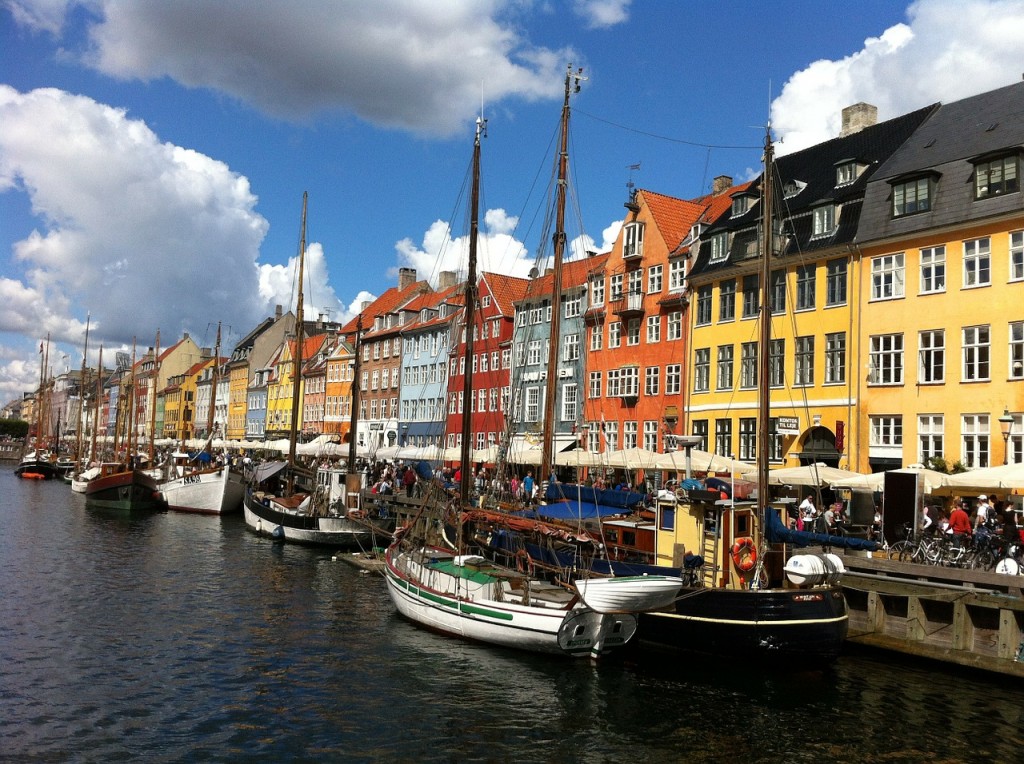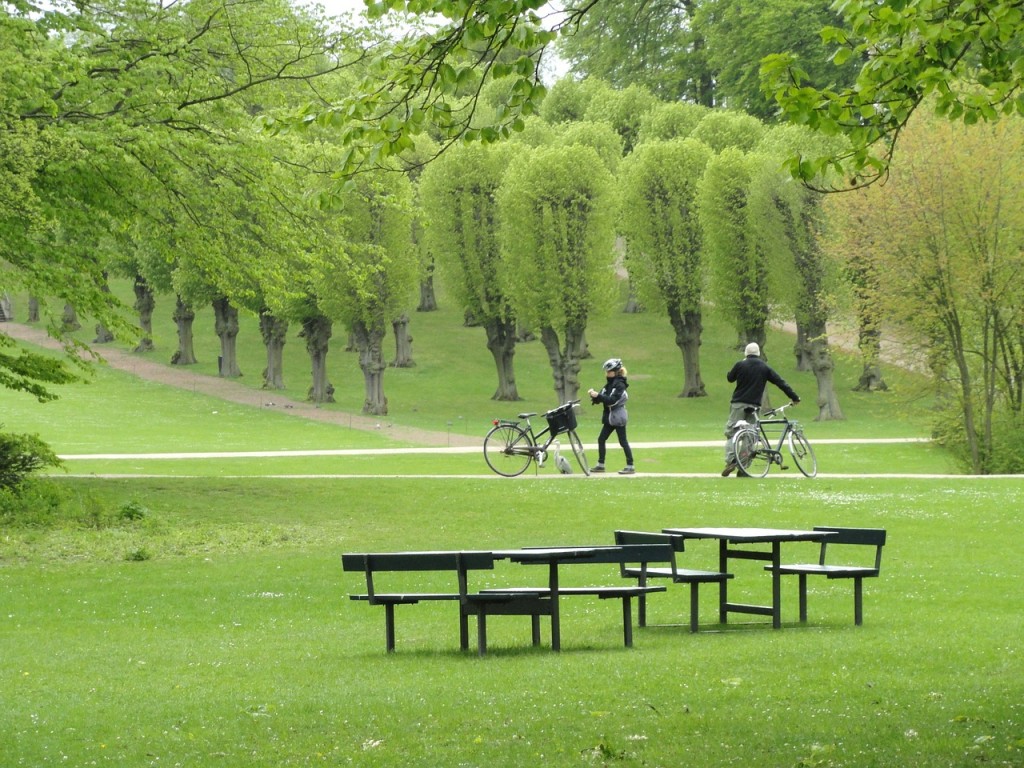Are you a curious traveler? If you like straying off the beaten track and exploring the little-known corners of a city, we may have just the right travel guides for you.
Tucked away in the nooks and crannies of Copenhagen, there are many curious traces of the past. Few of them receive as much attention as more well-known attractions do.
Secret Copenhagen tells the stories and anecdotes behind the city’s many curiosities in order to help you explore its every corner. The book is one of Jonglez Publishing’s newest additions to their series of “Secret” city guides.
Like the other volumes, Secret Copenhagen zeroes in on a city that hosts droves of tourists year round. Rather than describe the most popular of sights, however, the books explore what is there to be discovered by those who, in the words of the authors, “thought they knew the city well.”
The Landmarks
Save for the most adventurous among us, our exploration of a new place is generally guided by what we have been told. And most guidebooks tell us roughly the same things.
This is by no means a bad thing: Of course we want to see what other travelers recommend seeing. But if you’ve already laid eyes upon the Little Mermaid and the royal mansions of Amalienborg, you may be hungry for other adventures.
Secret Copenhagen features many little oddities throughout the city, a number of which would, quite frankly, be of little interest if it were not for the charming anecdotes the book attaches to them. From an iron chain in a wall, or an old window, to a row of decrepit sheds, many of these artifacts can indeed seem fairly unremarkable at face value.
However, for those interested in history, culture, and their manifestations in our day and age, Secret Copenhagen can be considered a small, portable goldmine. With this book in hand, you will be able to walk the streets of Copenhagen and spot otherwise unseen signs of past times. You will learn that one of the old window’s eight glass panes opens from the outside, a pivotal feature of what is actually an early 1900s pickup point for hot topic news leads.
 You will learn the seemingly purposeless rusty iron rings in the Royal Library Garden are remnants of warship moorings, part of King Christian IV’s once busy harbor. Or that the name “Iordano” on a tombstone in the Sculptor’s Garden in fact refers to a loyal dog, who swam and ran tirelessly to catch up with the boat of its master, Nicolai Abildgaard, an 18th-century painter and architect.
You will learn the seemingly purposeless rusty iron rings in the Royal Library Garden are remnants of warship moorings, part of King Christian IV’s once busy harbor. Or that the name “Iordano” on a tombstone in the Sculptor’s Garden in fact refers to a loyal dog, who swam and ran tirelessly to catch up with the boat of its master, Nicolai Abildgaard, an 18th-century painter and architect.
As a guidebook, Secret Copenhagen indeed adds some depth and hidden meanings to little things around the city that would otherwise, in all likelihood, go unnoticed. Of course, a few museums and galleries are listed as well, such as the Copenhagen Prison Museum and the Storm P. Frieze.
The Structure
I’m a big fan of the book’s layout. Lots of guidebooks try to do everything at once, and it’s easy to get lost in all their different chapters, sections, and subsections. In Secret Copenhagen, each flip of the page reveals a single new landmark, easy-peasy.
The content of the pages itself is very intuitive to navigate as well, as the structure is very consistent. The left page (nearly) always shows a full-page picture, while the right holds the textual information.
On the text page, below the name of the landmark at the top, you see the address, the closest public transport station, as well as any other relevant details such as contact info, opening hours, tours, and so on. The few times they do deviate from this layout, they do it for good reason.
 In general, I feel it’s important that guidebooks can function as a useful tool for the reader, or visitor. All in all, the information in this travel guide is structured and arranged very conveniently, proving an easy reference on the go – a major plus for Secret Copenhagen in my book.
In general, I feel it’s important that guidebooks can function as a useful tool for the reader, or visitor. All in all, the information in this travel guide is structured and arranged very conveniently, proving an easy reference on the go – a major plus for Secret Copenhagen in my book.
The Style
While I have very few issues with this book, I do feel obligated to briefly comment on the writing. For reasons related to the use of colloquial language, I (as a non-native speaker of English) more than once found myself rereading sentences to understand exactly what was meant.
The book’s idiomatic inconsistencies are not so glaring, however, that Secret Copenhagen fails to convey its stories. In fact, it does so quite capably. My only concern is that some anecdotes lose a little bit of their magic to the at times uneven flow. Regardless, while the book perhaps wouldn’t make for an exciting bedtime read, it gets across the information to the busy tourist, who will probably read just a few sections in a row.
Whoever is exploring Copenhagen in depth will be happy to have this mini-encyclopedia in hand. The stories of Secret Copenhagen do have a lot of charm, and anyone who considers themselves a true history buff would be remiss to leave this book behind.
Special thanks to Jonglez Publishing for the free review copy of their book!
(Image credit: 1) Editions Jonglez 2) & 3) pixabay.com)